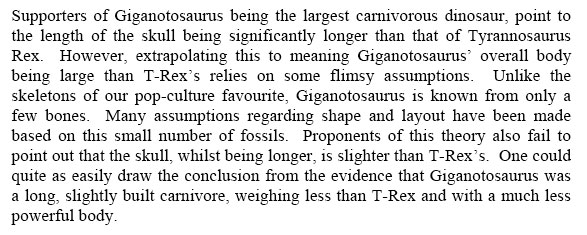The annoyingly well informed person
This person is also quite sure of their own opinion. They will, however, listen calmly as you say what you think and give the reasons why you think you’re right. If they disagree with you, they will then coolly discuss each of your reasons and point out why your reasons are wrong (and you’ll grudgingly agree with them, usually). If they agree with you, they will point out that, whilst your reasons are good, there are also a whole lot more good reasons you’ve missed, which they’ll proceed to go through. This is the person who you might feel like punching because you know that they’re right about everything that they’ve said, and because they’ve just publicly thrashed you in the argument.
If you’re going to write an argumentative essay, you want to be the second person. This is why it’s not necessarily good to pick an issue that you’re very passionate about, because your emotions might get in the way of constructing a rational argument. You need to read up all sides of your argument. Then in your essay, you want to do two things to convince the reader of your opinion:
Present all the evidence and reasons why your take on the issue is the correct one.
Discredit all the evidence and reasons presented by people who take a difference stance to you on the issue.
People often don’t do the second thing, which is to show how the arguments presented by people with opposing opinions aren’t rational or logical. This, however, is very important - it shows your reader that you’re well read, have considered all aspects of the argument, and have rationally and calmly taken apart the opposing arguments or opinions. Here’s an example of how you might analyse an opposing argument and take it apart:

We can break this paragraph up into bits. The first sentence introduces an argument put forward by people who do not share the same opinion as the author of the argumentative essay. The second sentence immediately goes to work, giving an overview of why this argument does not hold water - ‘flimsy assumptions’. The rest of the paragraph goes on to explain exactly what the writer means by this.
Click here to move on to the next topic: Sources of information